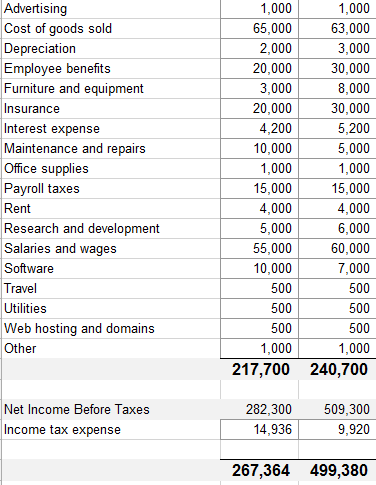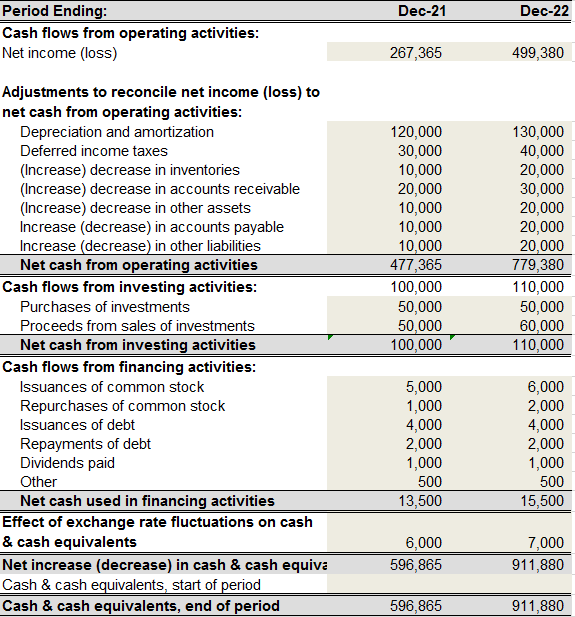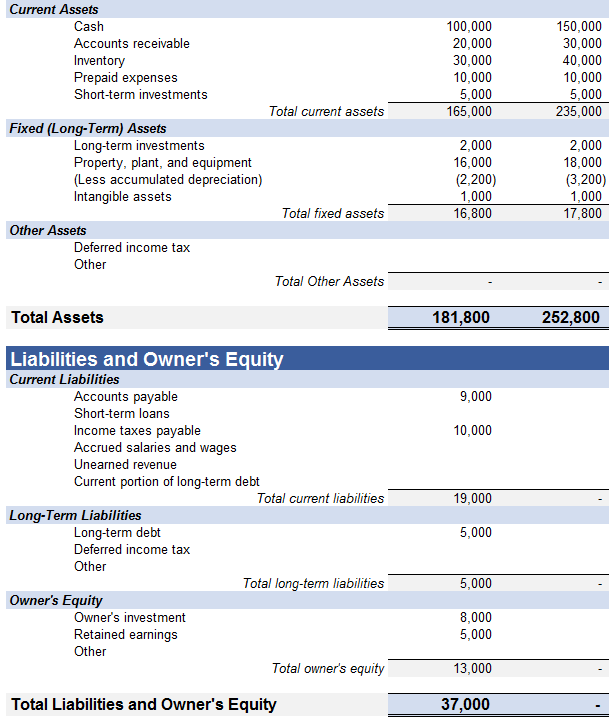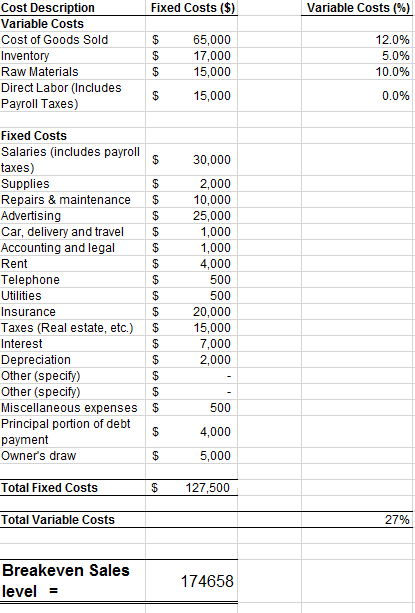Executive Summary
The present project involves introducing a service that provides pet sitting for the residents of the local community. In order to succeed, the project will require an elaborate financial strategy and a sophisticated marketing plan. By positioning itself as a service that will improve the lives of owners and their pets, the venture will succeed in the target market and gain the momentum for entering a larger economic environment.
Service Description
The number of people that love pets and are willing to keep them in their homes is very high, yet the opportunities for having a pet are heavily limited for the majority of urban residents nowadays. Due to the need to provide constant and effective care, especially for young poets, a lot of people that have a job and cannot work remotely are forced to refuse from getting a pet. However, with the newly developed Pet Care service, even people with an especially heavy workload can enjoy the company of their pet. Our service offers pet care of outstanding quality provided by professionals for the specified number of hours. The company in question is a small yet professional venture with people willing to raise the quality of customers’ and their pets’ lives. The team consists of veterinarians, instructors, and other qualified experts that will be capable of addressing the concerns of any owner. Our mission is to provide support to people with pets, and our business model is agency-based.
Industry Description
The Veterinary Services industry may not be known as publicly well as other areas, yet it has a vast amount of responsibilities for the quality of its products and consistency of its services. Currently, the Veterinary Services industry has been on the rise, reaching the mark of $52,000,000 annually in the U.S. alone, which implies that it is becoming more popular (“Veterinary Services industry in the US – Market research report,” 2019) (see Appendix A). There are several competitors in the market, yet no huge monopoly can be observed since most organizations tend to cater to local markets (Åberg, Fälting, & Forssell, 2016). Given the extent to which people with pets need support and assistance due to time management issues, especially at the early stages of pet ownership, the market seems to be quite lucrative.
Technology Plan
The technological tools that will be utilized for the implementation of the service include an online application with the support of which the services will be ordered. The application will provide an opportunity to file orders and offer different payment options. Moreover, the application will allow customers to specify the time during which the services will be provided, the type thereof, such as feeding the pet, washing it, or providing healthcare assistance. The described tool is quite basic compared to other similar products, yet it needs to be simplistic to ensure that required services can be requested and provided immediately (Bocken, De Pauw, Bakker, & van der Grinten, 2016). The commercialization of the technology in question will involve the visualization of the application, its development, the use of social media for promotion, and the delivery of the ordered services.
Marketing Plan
The target audience can be segmented into several large categories based on age (adolescents, adults, and older adults), their occupation (students, business people, or retirees), and the kind of pets that they own (traditional animals, such as cats or dogs, traditional birds, such as budgies, reptiles, such as lizards, exotic animals, and exotic birds). The price per hour of pet sitting may vary, starting from $10 per hour during the day to $50 and up per hour at night. The service will be positioned in the market as high-quality pet care for busy owners. The promotion process will be accomplished with the help of context advertisements on Facebook and local social media sites (Felix, Rauschnabel, & Hinsch, 2017). It is believed that the sales for the first three years will increase by 5% per month on average.
Financial Plan
As the current income statement shows, the organization will need to invest approximately $100,000 into the venture in order to establish itself in the designated market (see Appendix B). The cash flow may be uneven at first since the target population may require time to get used to the specified service (see Appendix C). However, as the balance sheet shows, the investments into the business development are likely to be compensated within the next 6 months after the company gains a customer base (see Appendix D). Furthermore, according to the breakeven analysis, the firm may require an even lesser amount of funds to cover the expenses. Bank loans will be the key source of funding for the project (see Appendix E).
Production Plan
The process of manufacturing grooming products and toys for pets will also be an important part of the project in question. There will be several subcontracted companies, including suppliers of raw materials from local organizations and outsourced staff, as well as distributors of the end product. The former is particularly important since it is crucial to produce grooming tools and toys that are completely safe and recyclable (Severo, de Guimarães, Dorion, & Nodari, 2015). The physical plant will be located within the community so that the products could be distributed easily and services could be delivered in a timely fashion. The equipment for the goods in question will be purchased from local suppliers, with a focus on excellent quality. Expenses can be compensated by introducing premium services to regular customers.
Organizational Plan
Being a rather small organization, the business in question will be positioned as a sole proprietor. The company will partner with veterinary organizations and pharmacies to control the quality of pet care and check whether it meets the needed levels. In the specified venture, each principal will have an equal amount of authority in business decisions. The management team will consist of diverse experts representing different disciplines, from veterinarians to pet grooming experts. The roles and responsibilities of the organization’s members involve communication with customers, delivering end services, collaborating with suppliers, managing the dialogue with retailers, and maintaining the supply chain processes (Johnson, Leenders, & McCue, 2017). The organizational structure of the proposed venture is rather basic, with the leader setting the goals, managers distributing roles and responsibilities, and staff members catering to customers’ needs.
Operational Plan
For the business to function smoothly, the workflow will need to be optimized. Specifically, it will be critical to make the data management process as effective as possible, which can be achieved by introducing the framework for categorizing data, arranging it, processing it, and using it to set goals and tasks accordingly. Afterward, the supply chain will be updated; specifically, the local infrastructure will be utilized in a way that will reduce the consumed time to its minimum. Consequently, the quality of services and the speed of their delivery will increase rapidly, causing a rise in customers’ satisfaction rates. Furthermore, the quality control system will be updated to detect the slightest issues such as defects in produced goods and the lack of efficiency in delivered services. Customer feedback will be used continuously to improve the quality of pet care. The flow of orders and goods, in turn, will be managed by introducing strategies for removing blockers with the introduction of improved information management tools, including notification systems and queuing tools (Wu, Zhao, Gao, & Lee, 2016). Thus, the cases of delay in raw materials delivery or the increase in the customer waiting time will be minimized.
Summary
The delivery of pet care services is likely to become a frequently used service in the selected community, which is why the project in question deserves to be funded to be promoted to the target demographic effectively. The use of digital tools for handling orders, managing data, and introducing the product to the target community should be seen as a necessity. Due to the need to build a multidisciplinary team, one will have to focus on the management of organizational issues and the use of HRM strategies rooted in collaboration. The supply chain, in turn, will benefit from a rigid quality control framework and a well-developed testing system to ensure that the produced goods are safe for pets and produce the needed effect. Moreover, a communication channel will be established to receive feedback from customers and improve the company’s services.
References
2019 U.S. industry statistics & market research – Veterinary services. (2019). Web.
Åberg, M., Fälting, L., & Forssell, A. (2016). Is Swedish district heating operating on an integrated market? Differences in pricing, price convergence, and marketing strategy between public and private district heating companies. Energy Policy, 90, 222-232. Web.
Bocken, N. M., De Pauw, I., Bakker, C., & van der Grinten, B. (2016). Product design and business model strategies for a circular economy. Journal of Industrial and Production Engineering, 33(5), 308-320. Web.
Felix, R., Rauschnabel, P. A., & Hinsch, C. (2017). Elements of strategic social media marketing: A holistic framework. Journal of Business Research, 70, 118-126. Web.
Johnson, P. F., Leenders, M. R., & McCue, C. (2017). A comparison of purchasing’s organizational roles and responsibilities in the public and private sector. Journal of Public Procurement, 3(1), 57-74. Web.
Severo, E. A., de Guimarães, J. C. F., Dorion, E. C. H., & Nodari, C. H. (2015). Cleaner production, environmental sustainability and organizational performance: An empirical study in the Brazilian Metal-Mechanic industry. Journal of Cleaner Production, 96, 118-125. Web.
Veterinary Services industry in the US – Market research report. (2019). Web.
Appendices
Appendix A: Veterinary Services industry (2019 U.S. industry statistics & market research – Veterinary services, 2019)

Appendix B: Income Statement ($)


Appendix C: Cash Flow ($)

Appendix D: Balance Sheet

Appendix E: Breakeven Analysis
